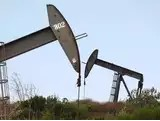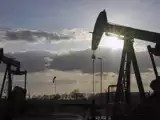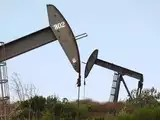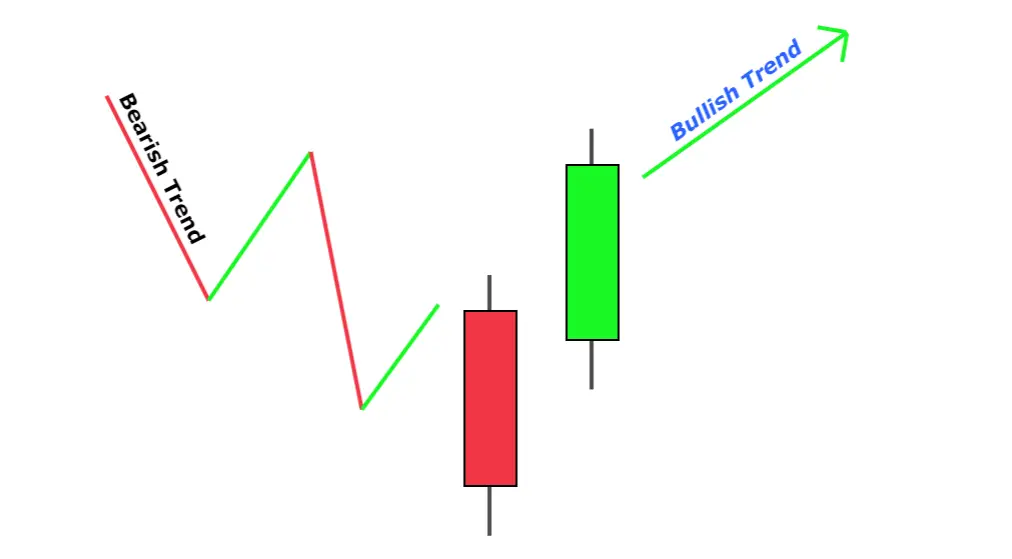INVESTMENTS
COMMODITY MARKET
What Is a Commodity Market?
A commodities market is a location where you may purchase, sell, and trade raw materials or main goods.
Commodities are frequently divided into two major categories: hard commodities and soft commodities. Natural resources that must be mined or exploited, such as gold, rubber, and oil, are considered hard commodities, whereas agricultural goods
or livestock, such as maize, wheat, coffee, sugar, soybeans, and pig, are considered soft commodities.
A commodity market facilitates an exchange of physical goods among residents in a country. Individuals aiming to diversify their portfolio can undertake investments in both perishable and non-perishable products, thereby not only mitigating
the risk factor but also providing a hedge against inflation rates in an economy.

KEY KNOWLEDGE
- A commodities market involves the purchase, sale, or exchange of a raw product such as oil, gold, or coffee.
- Hard commodities are primarily natural resources, whereas soft commodities are animals or agricultural items.
- Spot commodity markets include immediate delivery, whereas derivatives markets involve future delivery.
- Investors can get commodity exposure through investing in firms that have commodity exposure or by investing in commodities directly through futures contracts.
- Major commodity trading exchanges in India include MCX, NCDEX, NMCE, ICEX, ACE, and UCX.
Types of Commodities
Commodities accessible for trading are classified into the following categories depending on their intrinsic nature:
Some examples of commodities in the market that were most commonly traded in major commodity exchanges in India included crude oil and silver. While crude oil acts as one of the most important energy sources required for virtually every industry,
silver is one of the most precious metals other than gold, with a steady demand.
As crude oil is not domestically available in abundance, almost 82% of it is imported from OPEC and Middle Eastern countries. Similarly, silver is traded in extensive quantities from countries such as Mexico, Peru, etc
How Commodity Markets Work
A commodity market works similarly to any other market. It can be a physical/virtual space where an individual can purchase, sell and trade multiple commodities at current/future dates.
Commodity markets provide producers and consumers with access to commodity items in a controlled and liquid marketplace. Commodity derivatives can also be used by market participants to hedge future demand or output. Speculators, investors,
and arbitrageurs are also active participants in these markets.
Certain commodities, such as precious metals, have been regarded to be an effective inflation hedge, and diversifying a portfolio with a diverse range of commodities as an alternative asset class can assist. Because commodity prices tend to
fluctuate in opposition to stock prices, some investors rely on commodities during moments of market instability.
History of Commodity Markets
Commodities trading dates back to the birth of human civilization, when tribal tribes and newly founded kingdoms would barter and trade for food, supplies, and other products. Commodity trade precedes stock and bond trading by centuries. The
growth of empires such as ancient Greece and Rome can be directly related to their abilities to construct intricate commercial networks and promote commodity exchange across enormous areas via routes such as the famed Silk Road, which
connected Europe to the Far East.
Commodities are still traded all over the world—and on a vast scale. With the introduction of exchanges and derivatives markets, trading has also gotten more complicated. Commodity exchanges govern and standardize commodity trade, enabling
liquid and efficient marketplaces.
Commodity Exchanges in India
A commodities exchange is an exchange where various commodities and derivatives are traded. Most commodity markets across the world trade in agricultural products and other raw materials (like wheat, barley, sugar, maize, cotton, cocoa, coffee,
milk products, pork bellies, oil, metals, etc.) and contracts based on them. These contracts can include spot prices, forwards, futures and options on futures. Other sophisticated products may include interest rates, environmental instruments,
swaps, or freight contracts.
The Chicago Board of Trade (CBOT), founded in 1848, is perhaps the most prominent contemporary commodities market. Initially, the CBOT traded solely agricultural commodities such as wheat, corn, and soybeans to assist farmers and commodity
customers in risk management by reducing price uncertainty from certain agricultural items.
It now provides options and futures contracts on a wide range of items, including gold, silver, US Treasury bonds, and energy. In 2007, the Chicago Mercantile Exchange (CME) Group combined with the Chicago Board of Trade (CBOT), adding interest
rates and stock index goods to the group's previous agricultural product offerings.
Some commodities exchanges have merged or gone out of business. In the U.S., the Chicago Mercantile Exchange (CME) acquired three other commodity exchanges in the mid-2000s.
Commodity Market Trading vs. Stock Trading
Access to commodities markets, whether spot or derivatives, is too expensive for the vast majority of private investors. Direct access to these markets often necessitates the use of a specialized brokerage account and/or specific permits.
Because commodities are seen as an alternative asset class, pooled funds that trade commodities futures, such as CTAs, normally accept only accredited investors. Nonetheless, regular investors might acquire indirect access to commodities
through the stock market. Stocks in mining or materials industries are often associated with commodity prices, and there are currently a variety of ETFs that track specific commodities or commodities indexes.
These ETFs can help investors diversify their portfolios, but for most long-term investors, stocks and bonds will be the foundation of their holdings. Furthermore, because commodity prices are more volatile than those of equities and bonds,
commodity trading is frequently best suited for people with a larger risk tolerance and/or a longer time horizon.
What is the current state of the commodity markets?
Many online financial portals will provide some indication of certain commodities prices such as gold and crude oil. You can also find prices on the websites of commodity exchanges.
Related Articles






















